In the world of music enthusiasts, the resurgence of vinyl record pressings offers a unique opportunity to connect with the audio in its most authentic form. Understanding the differences in vinyl record pressings is crucial for anyone seeking to appreciate the vinyl experience fully. Each pressing holds its unique characteristics, impacting the sound quality and collectibility. Whether you're a seasoned collector or a novice, grasping these nuances can significantly enhance your appreciation of vinyl records.
Vinyl Record Formats and Sizes
Vinyl records are available in several standard formats, each serving a distinct purpose in the music industry. The 7-inch record, often referred to as a “single,” typically features one song per side and is favored for releasing singles or limited tracks due to its compact size and short playtime of approximately 3-5 minutes per side. The 10-inch format is commonly used for EPs (extended plays), offering around 12-15 minutes per side and striking a balance between singles and full albums. The 12-inch LP (long play) is the most prevalent for full-length albums, accommodating 18-22 minutes per side and delivering optimal audio quality for longer works.
Basics of Vinyl Record Pressings
The Definition
The term "pressing" originates from the action of pressing a heated vinyl compound between two metal plates, known as stampers, which bear the negative image of the music tracks. This process creates the grooves on the vinyl that the needle of a record player will later trace to produce sound. Understanding this fundamental aspect of how vinyl records are made is crucial for anyone interested in the technical side of vinyl collecting or simply enhancing their listening experience.

Historical Context and Evolution of Pressings
The evolution of vinyl records began in the early 20th century, but a pivotal advancement occurred in the mid-1940s with the introduction of the long-playing (LP) record by Columbia Records. Before this development, most records were made of shellac and could hold only a few minutes of music on each side. The LP revolutionized the music industry by utilizing a new vinyl-based material that was more durable and could contain up to 22 minutes of sound per side. This innovation not only extended the length of recordings but also dramatically improved the sound quality. The finer grooves on vinyl allowed for a broader dynamic range and richer tonal quality, setting the stage for albums as cohesive works of art rather than mere collections of individual songs.
In addition to the technical advancements in record pressing, the 1950s and 1960s witnessed a significant evolution in recording technology. The development of magnetic tape recording gave producers and engineers unprecedented control over the audio quality and facilitated multi-track recording. This enabled the layering of sounds, multiple takes, and intricate production techniques that were previously impossible. Over the decades, the methods and materials used in vinyl record manufacturing have evolved, improving the durability and sound quality of the records. Understanding the historical context is important as it helps in identifying and appreciating vintage vinyl records, which are not only musical artifacts but also historical ones.
Why Pressings Matter to Collectors
The allure of different types of vinyl record pressings lies in their variety and historical significance. First pressings, often seen as the most authentic capture of an artist’s original sound, are highly prized. Collectors also value pressings for their rarity and the condition of the vinyl, which can greatly influence market value. Knowing the specifics of a pressing can help a collector determine its desirability and potential return on investment.
Common Terminology in Vinyl Pressings
Understanding the jargon associated with vinyl pressings is key to navigating the world of vinyl collecting. Terms such as "master," "stamper," and "matrix number" are crucial for identifying the specifics of a record’s production. The matrix number, for example, can often tell you the exact vinyl pressing plant and even the individual who cut the lacquer. Other terms like "heavyweight vinyl" refer to the weight of the record, which can be an indicator of the pressing quality of vinyl; heavier records are often considered to offer better sound quality due to their durability and reduced susceptibility to vibration.
Types of Vinyl Records
First Pressings
These are the initial copies of a vinyl record produced from the original master recording. As emphasized before, these are highly sought after by collectors due to their perceived authenticity and purity of sound. Often, first pressings possess unique sonic attributes because they are the closest physical representation of the original performance or studio recording. Collectors value these different types of vinyl record pressings not only for their sound but also for their potential historical and monetary value, making them key targets for those serious about their vinyl collections.
Reissues
Reissues are subsequent releases of previously issued recordings, often produced to meet continued demand after the original pressing is no longer available. While reissues can make rare music more accessible, they may differ from the original in terms of the source material and mastering, which can affect the vinyl sound quality. However, reissues provide an affordable option for collectors and fans to own a piece of music history without paying the premium prices that original pressings often command.
Remastered Editions
Technical enhancements have improved the sound quality of remastered editions, which are reissues of the original recordings with improved audio quality. During remastering, audio engineers may adjust the dynamics, equalization, and stereo imaging to bring out a more vibrant sound. Collectors should look for remastered versions that use the original analog tapes as their source, as these maintain the warmth and depth that vinyl listeners cherish. It’s also beneficial to check who supervised the remastering process, as a reputable engineer can make a significant difference in the end product.
Color Variants and Special Features
Vinyl records today offer an impressive spectrum of color variants and special features that go far beyond the classic black disc. Collectors and fans can choose from transparent and semi-transparent vinyl, which provide a sleek, modern look, as well as marbled and splatter designs that deliver unique, one-of-a-kind visual effects. No two are exactly alike. Picture discs, which feature custom images or artwork printed directly onto the vinyl, transform records into collectible art pieces, although they may sometimes sacrifice a bit of sound quality for aesthetic appeal. Eco-friendly vinyl options, made from recycled materials or produced with sustainable practices, also appeal to environmentally conscious collectors. These colorful and innovative variants are often produced as limited editions, enhancing their desirability and value among enthusiasts. For many, the visual and tactile appeal of these special pressings adds a new dimension to collecting, turning each record into a unique artifact that combines music, art, and sustainability.
Quality of Vinyl Record Pressings
Impact of Source Material on Pressing Quality
For enthusiasts and collectors, understanding the source material is crucial because it directly affects the richness, depth, and authenticity of the sound. Here's a look at how different source materials influence vinyl quality:
- Analog Master Tapes: These are considered the gold standard for vinyl pressings due to their high fidelity and ability to preserve the original sound's warmth and fullness. Analog master tapes capture all the nuances of the audio without the need for digital compression, thereby preserving the sound's integrity as it was originally recorded. This results in a listening experience that is both rich and immersive, highly prized by audiophiles for its authenticity and depth.
- Digital Files: The quality of vinyl pressed from digital files can vary significantly. High-resolution digital files can closely mimic the quality of analog tapes, offering a modern alternative without substantial loss in sound quality. However, lower-resolution digital files may introduce compression artifacts and sonic limitations, which detract from the audio's clarity and depth. These effects can compromise the listening experience, particularly for discerning ears accustomed to the superior quality of analog sound.
- Second-Generation Tapes: While these tapes are copies of the original masters, they can still deliver a good-quality sound. However, they may lack some of the nuances and fine details captured in the first-generation recordings. The audio fidelity is generally lower, and some subtle auditory elements might be lost in the duplication process. Nonetheless, second-generation tapes are a viable source for vinyl pressings when original masters are not available.
- Other Formats: Vinyl records pressed from other formats, such as CDs or even other vinyl records, generally suffer from significant sound degradation. These sources were not originally designed for vinyl's unique demands and often resulted in a noticeable decrease in audio quality. The nuances of vinyl sound are best captured from original, high-quality analog sources, and using formats like CDs can lead to a flattened audio profile that lacks the dynamic range and richness vinyl listeners seek.
The quality of the pressing is still a top priority for vinyl enthusiasts, who value the format not just for its sentimental value but also for its capacity to produce a better-sounding experience.

Mastering Process and Its Importance
Mastering is the final step in preparing music for vinyl production, where audio engineers enhance the overall sound to make it suitable for the format. This process involves fine-tuning levels, equalization, and other sonic elements to ensure the record plays well on turntables without causing damage or experiencing playback issues. Good mastering can elevate the listening experience, providing a clearer, more dynamic sound. Conversely, poor mastering might result in a flat, lifeless audio output.
Quality of Vinyl Material Used
Higher-quality vinyl, often referred to as "virgin vinyl," offers a cleaner, more stable platform for playback, resulting in improved sound fidelity and reduced impurities. Lower-quality vinyl, which may include recycled materials, often introduces noise and irregularities that can detract from the listening experience. The weight of the vinyl also affects performance. Heavier records tend to be more durable and less prone to warping. Research here on how to buy vinyl records, tips for ordering from pressing plants, and considerations for acquiring exclusive or collectible editions.
Role of Vinyl Pressing Plants
When selecting a vinyl pressing plant, one must consider several key factors, including turnaround time, order quantities, costs, and environmentally friendly practices.
Overview of the Process
Vinyl pressing plants are central to the creation of vinyl records, ensuring that music lovers receive high-quality products. The process is meticulous and involves several steps, each essential to achieve the ideal sound quality and physical integrity of the vinyl. The detailed steps in a typical vinyl pressing process include:
- Preparation of the Master Lacquer: The production of vinyl records begins with the cutting of the master lacquer, a crucial stage in the pressing process. This involves an aluminum disc coated with a lacquer film, onto which a precision cutting stylus etches the audio. The depth, precision, and quality of this etching are vital, as they directly influence the sound fidelity and clarity of the final record. This step sets the foundation for all subsequent copies, making it essential for ensuring the highest quality vinyl production.
- Electroplating: Once the master lacquer is cut, it undergoes electroplating, a process where the lacquer is coated with a thin metal layer, typically silver, to create a durable mold. This metal mold, known as the stamper, is crucial as it will be used to press the grooves into thousands of vinyl records. The quality of the electroplating must be high to ensure that each record pressed from the stamper retains the audio fidelity of the original master lacquer.
- Vinyl Molding: In this stage, vinyl pellets are heated and molded under high pressure between the prepared stampers. This process forms the actual vinyl record with its characteristic grooves. The precision and consistency of the molding process are key to ensuring that the records are free of imperfections that could affect sound quality, such as warps or surface noise.
- Cooling and Trimming: After the records are pressed, they must be cooled and then trimmed to remove excess vinyl from the edges, creating a clean and uniform appearance. This step is important not only for aesthetic reasons but also to ensure that the records fit properly on turntables and that there are no extraneous bits of vinyl that could affect playback.
- Quality Control: The final step in the vinyl pressing process is quality control, where each record is visually and audibly inspected for defects. This step is crucial for maintaining high standards, as it ensures that only records that meet all quality criteria are packaged and sent out to consumers. Any records with noticeable flaws are discarded or recycled, maintaining the integrity of the batch.
Each step, from the preparation of the master lacquer to the final quality control, plays a crucial role in delivering the rich, warm sound that vinyl enthusiasts cherish. As vinyl continues to experience a renaissance, the role of pressing plants remains as important as ever, preserving the unique qualities of this beloved format.
How to Identify Pressing Plant Information on Records
Identifying the pressing plant can be as important as knowing the label or artist. This information can often be found in the runout groove of the record, where small etched codes can tell you where and sometimes when the record was pressed. This data can be crucial for verifying the quality of a pressing, as well as its potential collectibility and value.
Limited Edition and Vintage Vinyl Records
What Makes Limited Edition Vinyl Special
These pressings are often released in restricted quantities and may feature unique artwork, colored vinyl, or special packaging. They appeal not only because of their aesthetic or novelty attributes but also due to the special attention often paid to the quality of vinyl record pressings in these editions. For collectors, owning a limited edition vinyl means having a piece of history that is not widely available, making each record a valuable addition to their collection.
Collecting Limited Edition Pressings
Whether it is a special release of a classic album, a commemorative issue, or a modern artist’s unique release, each limited edition vinyl holds significance that goes beyond the music it carries. Collectors often research the origin of these pressings, including the vinyl pressing plants involved and the specific techniques used to create them, to appreciate their value and ensure authenticity fully.
Packaging and Presentation Options
Beyond the audio itself, the packaging and presentation of vinyl records play a crucial role in the overall listening and collecting experience. Vinyl records are typically housed in standard sleeves, which offer basic protection and a canvas for album artwork on the front and back. For those seeking a more premium feel, gatefold sleeves are a popular choice; these double-fold covers provide extra space for expanded artwork, liner notes, lyrics, or even additional records, making them ideal for deluxe editions and double LPs. Inside the outer packaging, inner sleeves add a further layer of protection, helping to prevent scratches and dust buildup on the vinyl itself. Custom inserts such as lyric sheets, posters, or exclusive artwork can be included to enhance the tactile and visual appeal, offering fans a more immersive connection to the music. Labels, printed directly onto the center of the record, are another opportunity for customization, often featuring album details, logos, or unique designs that contribute to the record’s identity. In today’s digital age, many vinyl releases also include digital download codes, allowing buyers to enjoy the music across multiple platforms while still cherishing the physical format. Together, these packaging choices not only protect the record but also elevate its desirability and collectible value.

The world of vinyl is vibrant, filled with auditory treasures that offer more than just music. They provide a tactile and engaging experience. Whether you are a seasoned collector or new to the scene, understanding the nuances of vinyl record pressings enhances your appreciation of this unique format. It connects you to a historical art form that continues to thrive despite the digital age, offering sound quality and a collecting satisfaction that digital formats can't match. Explore exclusive pressings and elevate your listening experience by discovering your next favorite record at Vinyl.com. Embrace the journey of collecting rare vinyl, and you'll discover a rewarding hobby that resonates on a deeply personal level.


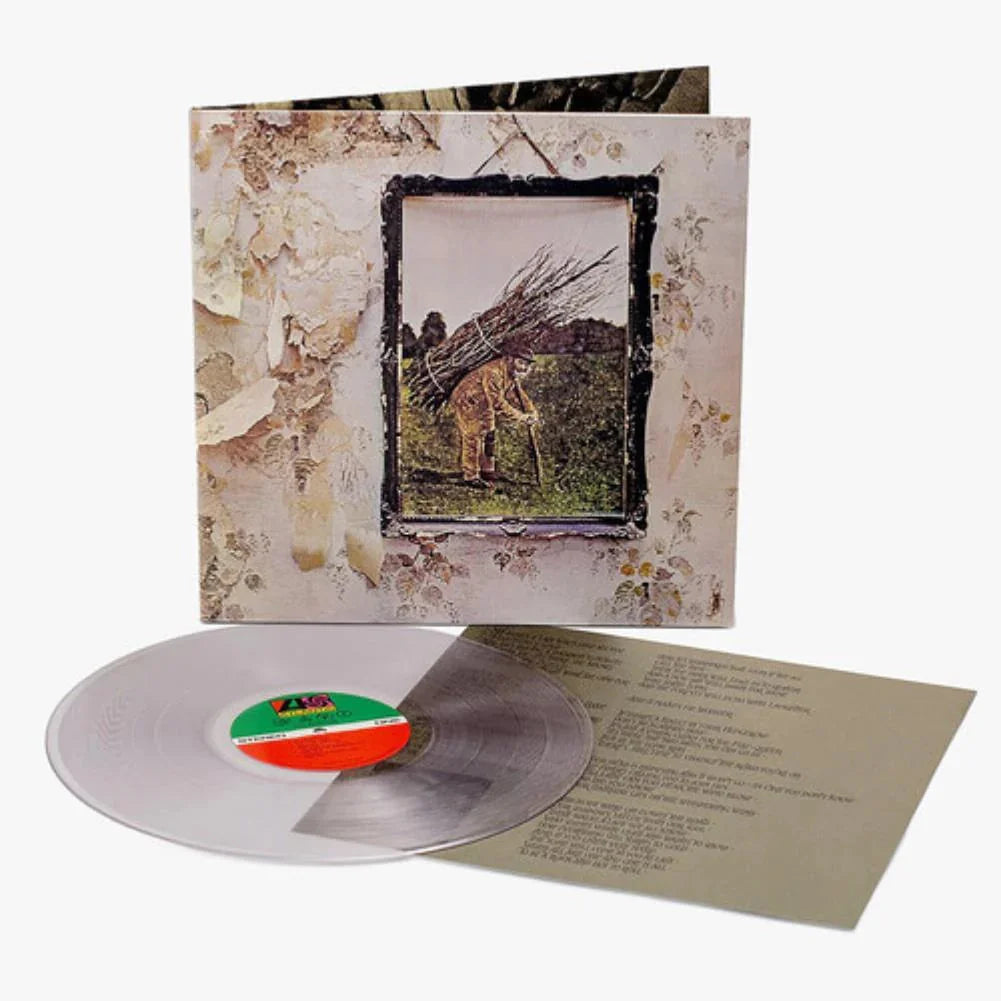


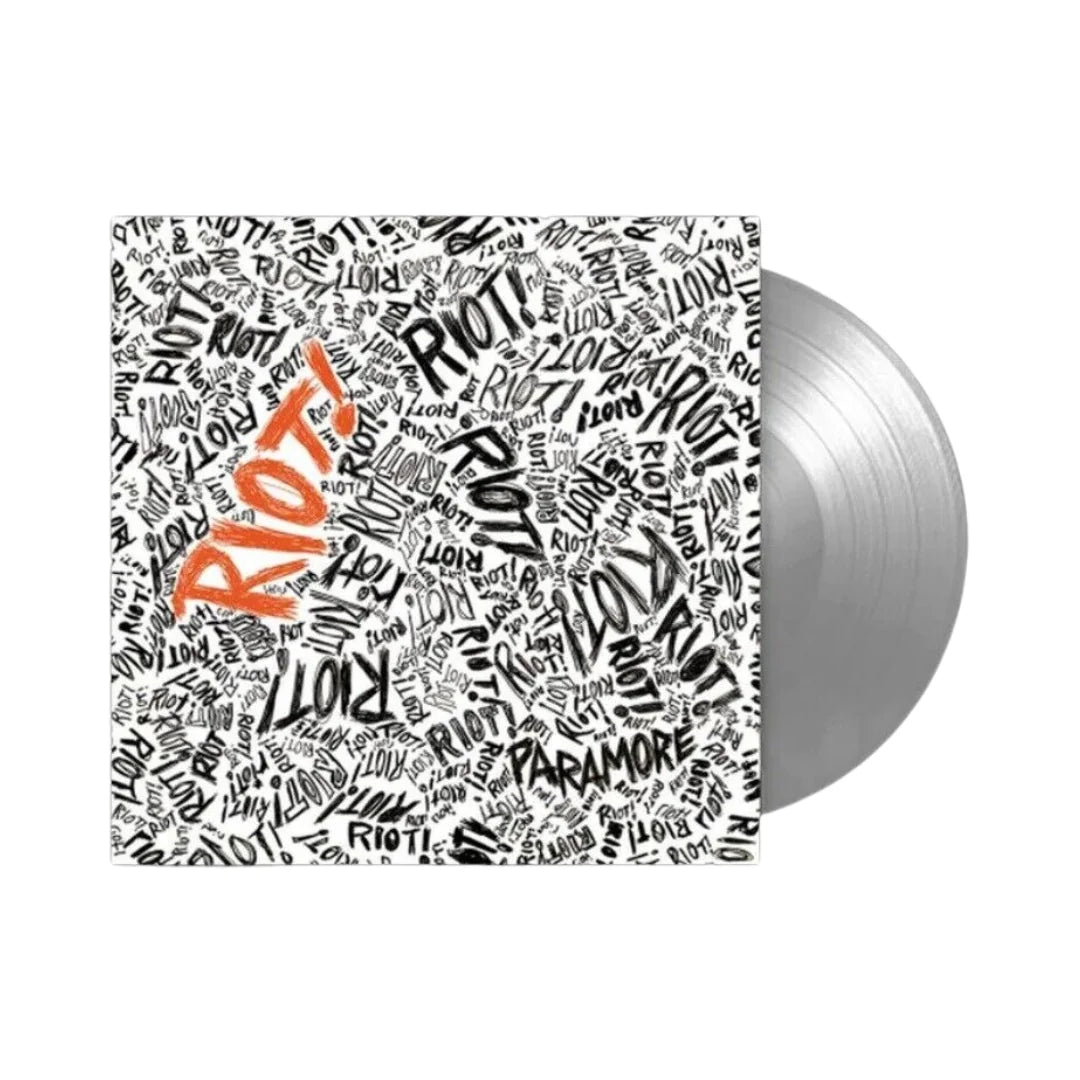
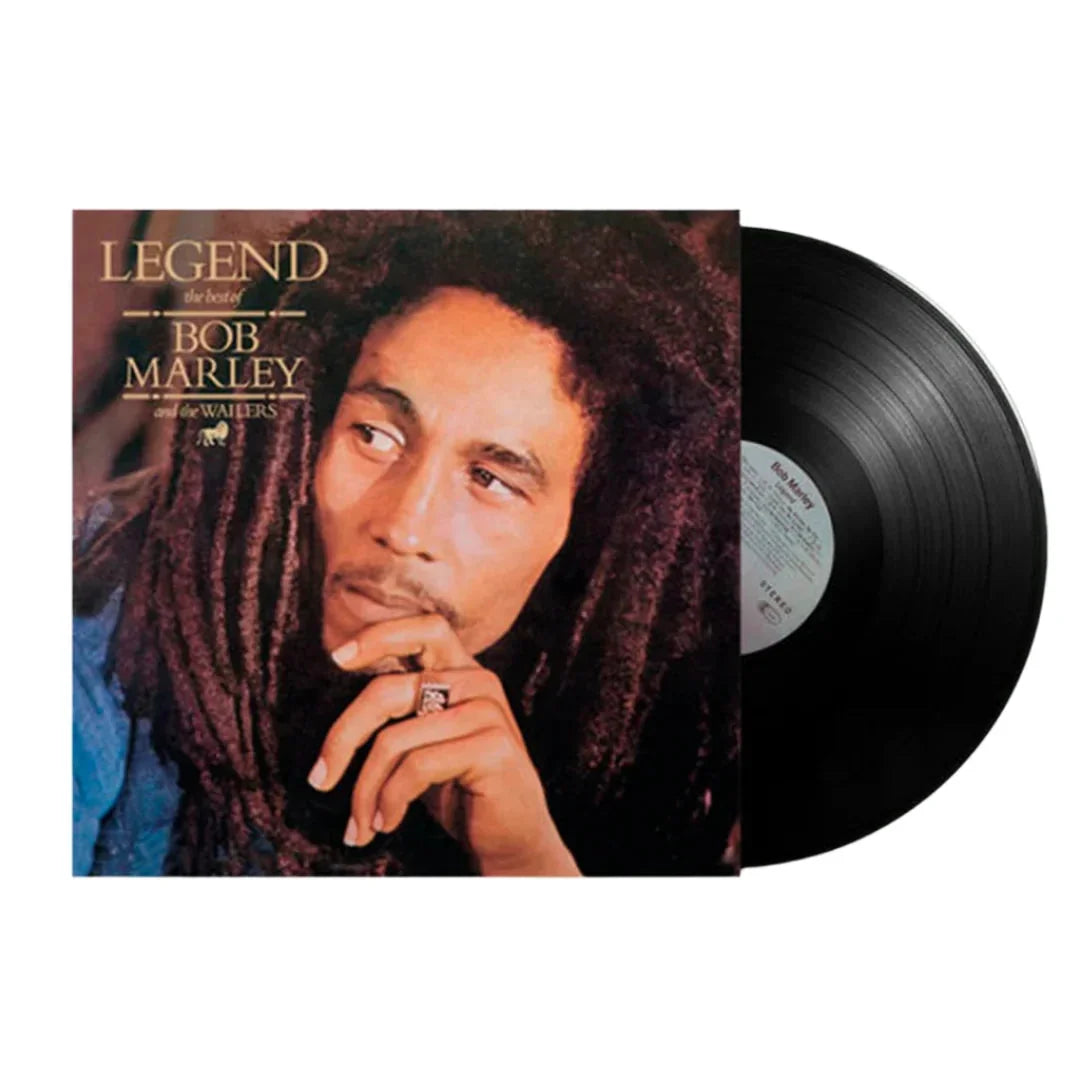

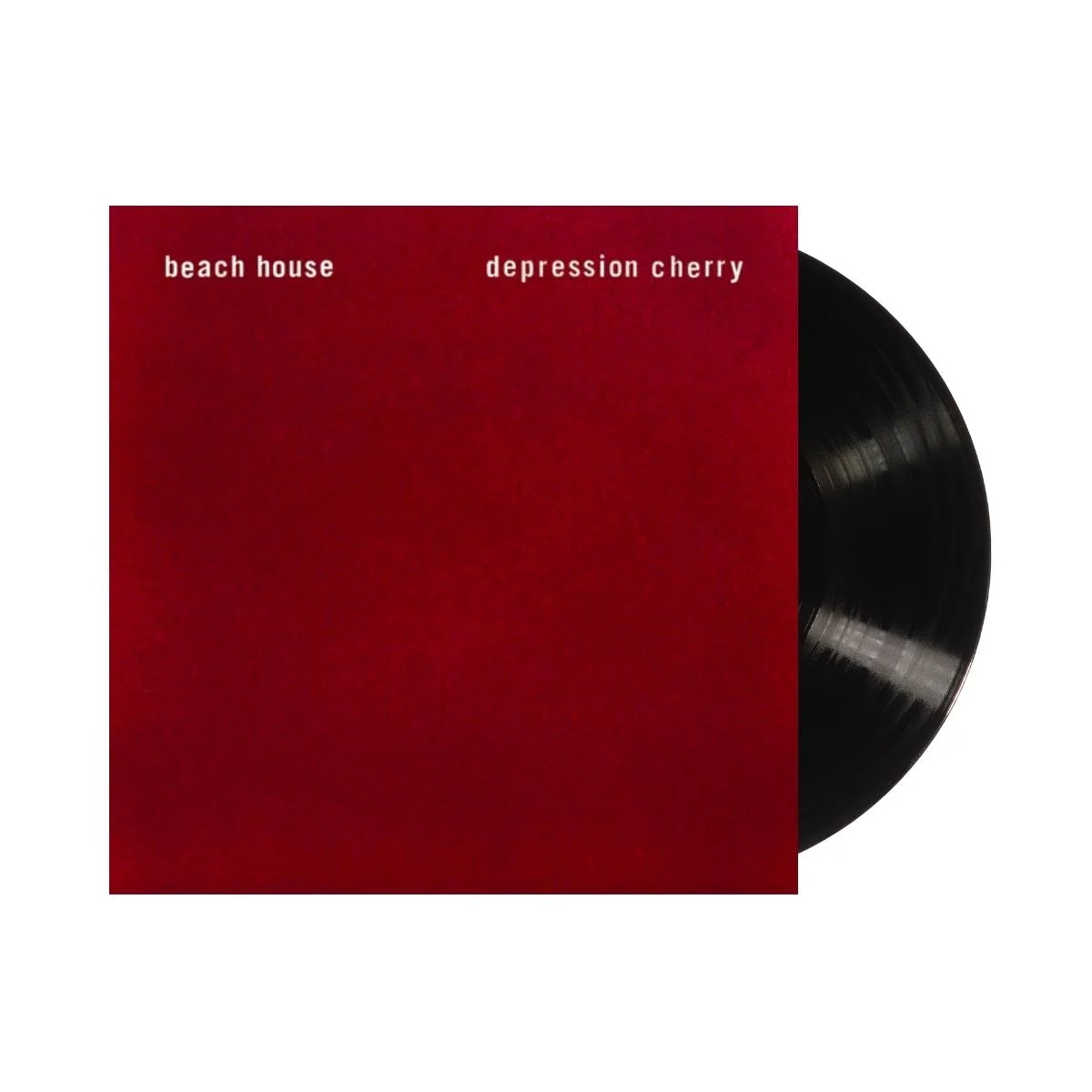

![The Grateful Dead - The Music Never Stopped [6LP Box Set]](http://vinyl.com/cdn/shop/files/The_Grateful_Dead-The_Music_Never_Stopped__6LP_Box_Set.jpg?v=1747729623&width=5760)
![The Grateful Dead - Madison Square Garden, New York, NY 3/9/81 (2023 Rocktober Edition) [5LP Box Set]](http://vinyl.com/cdn/shop/files/4247396-3042523.jpg?v=1758034700&width=5760)
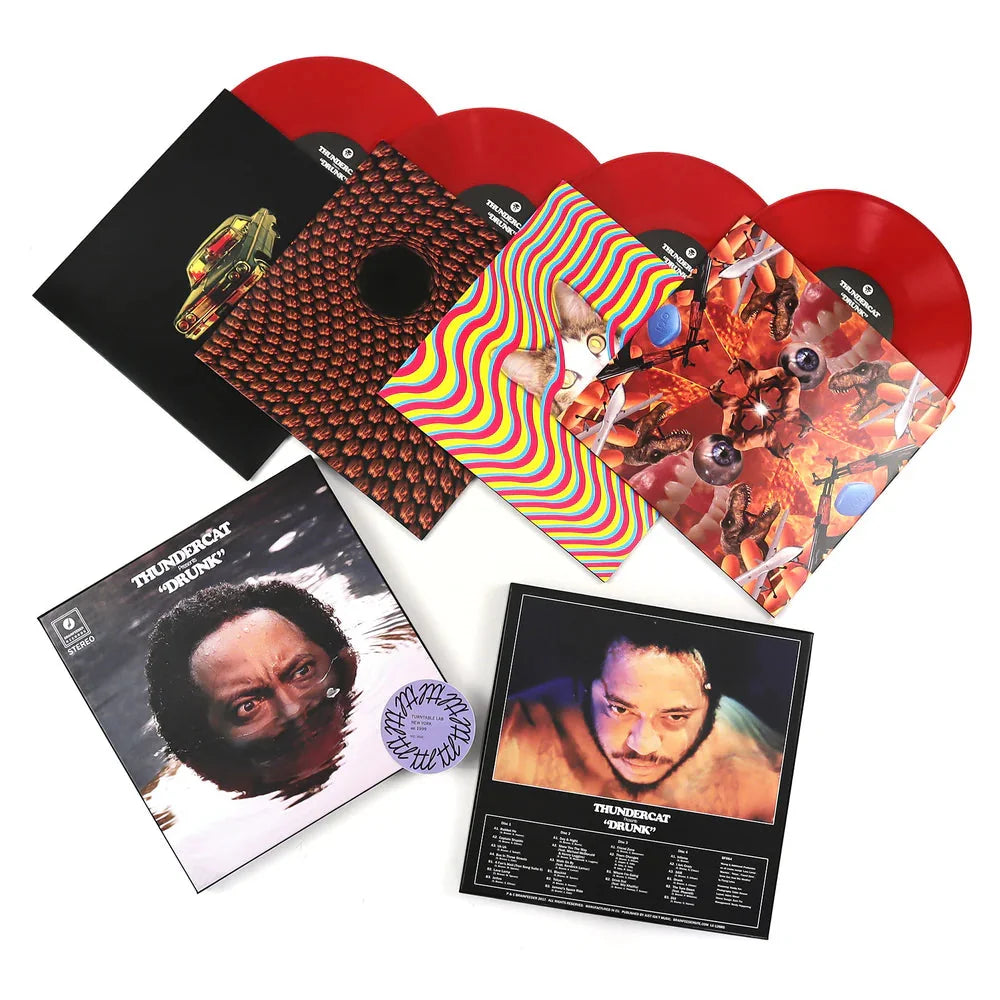
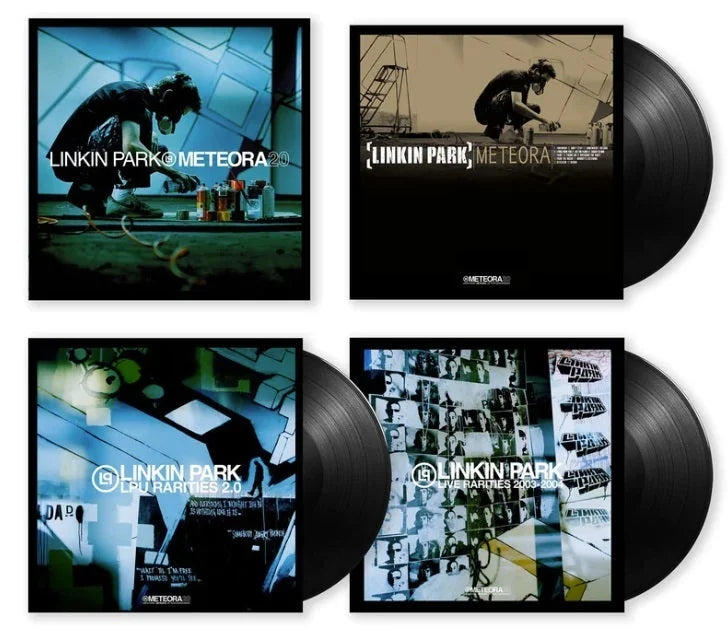

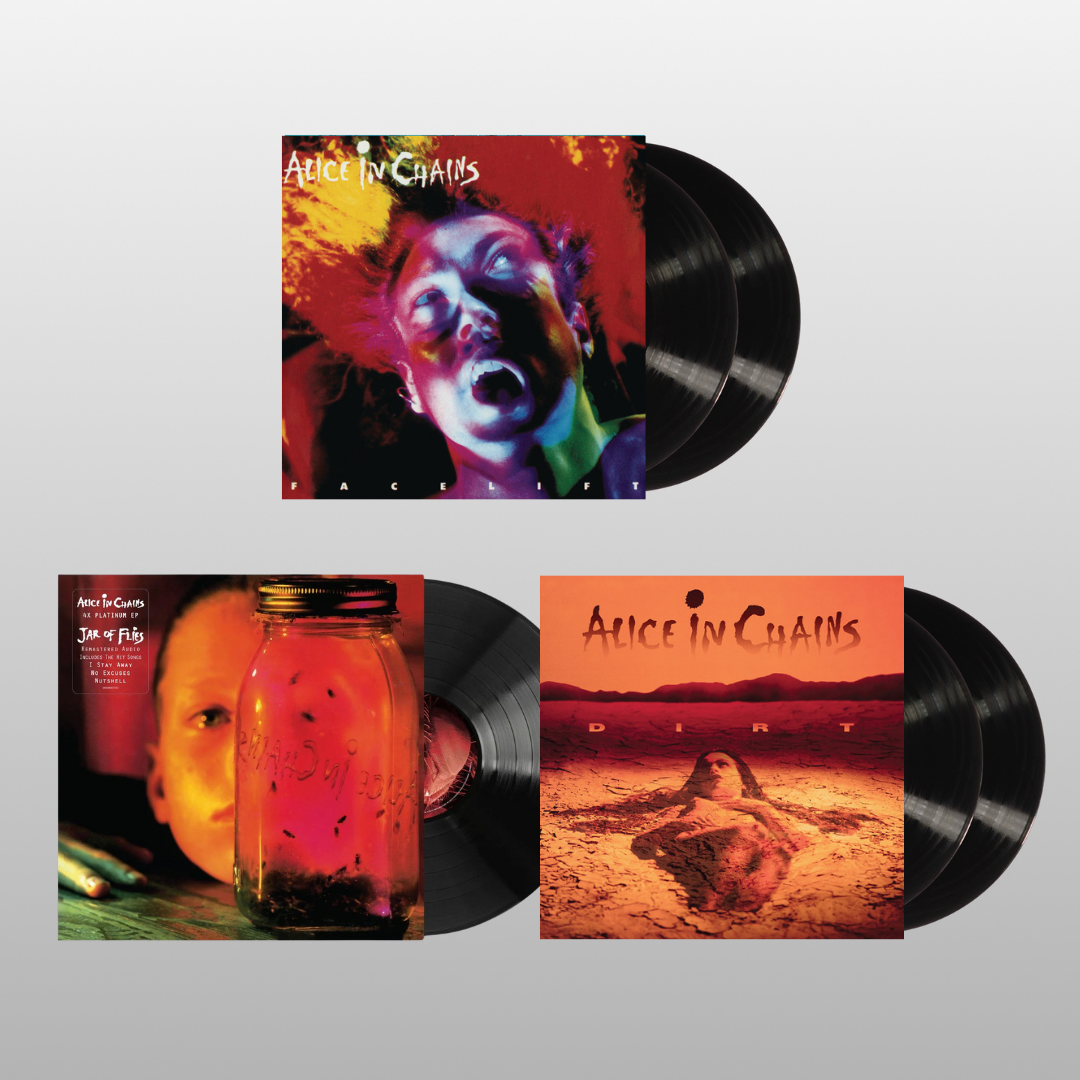
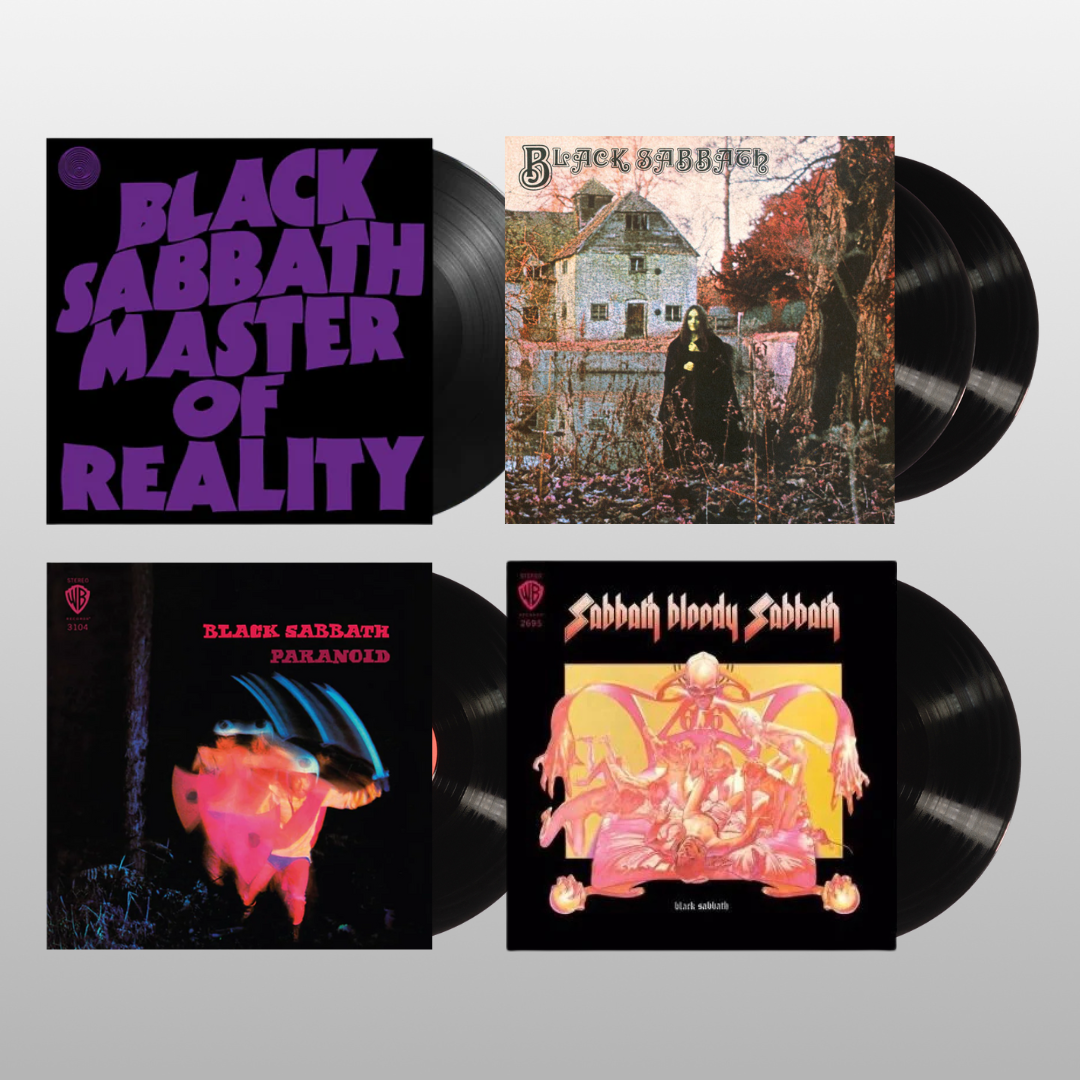


![(hed) p.e. - New And Improved [Pink]](http://vinyl.com/cdn/shop/files/4425252-3389420.jpg?v=1746578880&width=5760)
![1 Locate S - Wicked Jaw [Sky Blue]](http://vinyl.com/cdn/shop/files/4217742-2982879.jpg?v=1693273095&width=5760)
![11/5 - A-1 Yola [2LP Orange Swirl]](http://vinyl.com/cdn/shop/files/3992138-2728122.jpg?v=1684200429&width=5760)
![Mac Miller - Swimming [2LP]](http://vinyl.com/cdn/shop/files/mac.png?v=1767598047&width=5760)





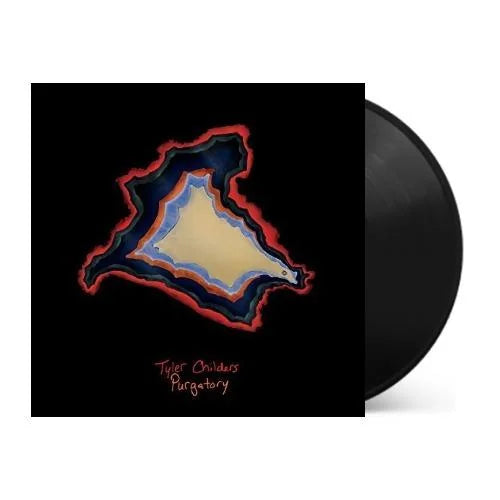
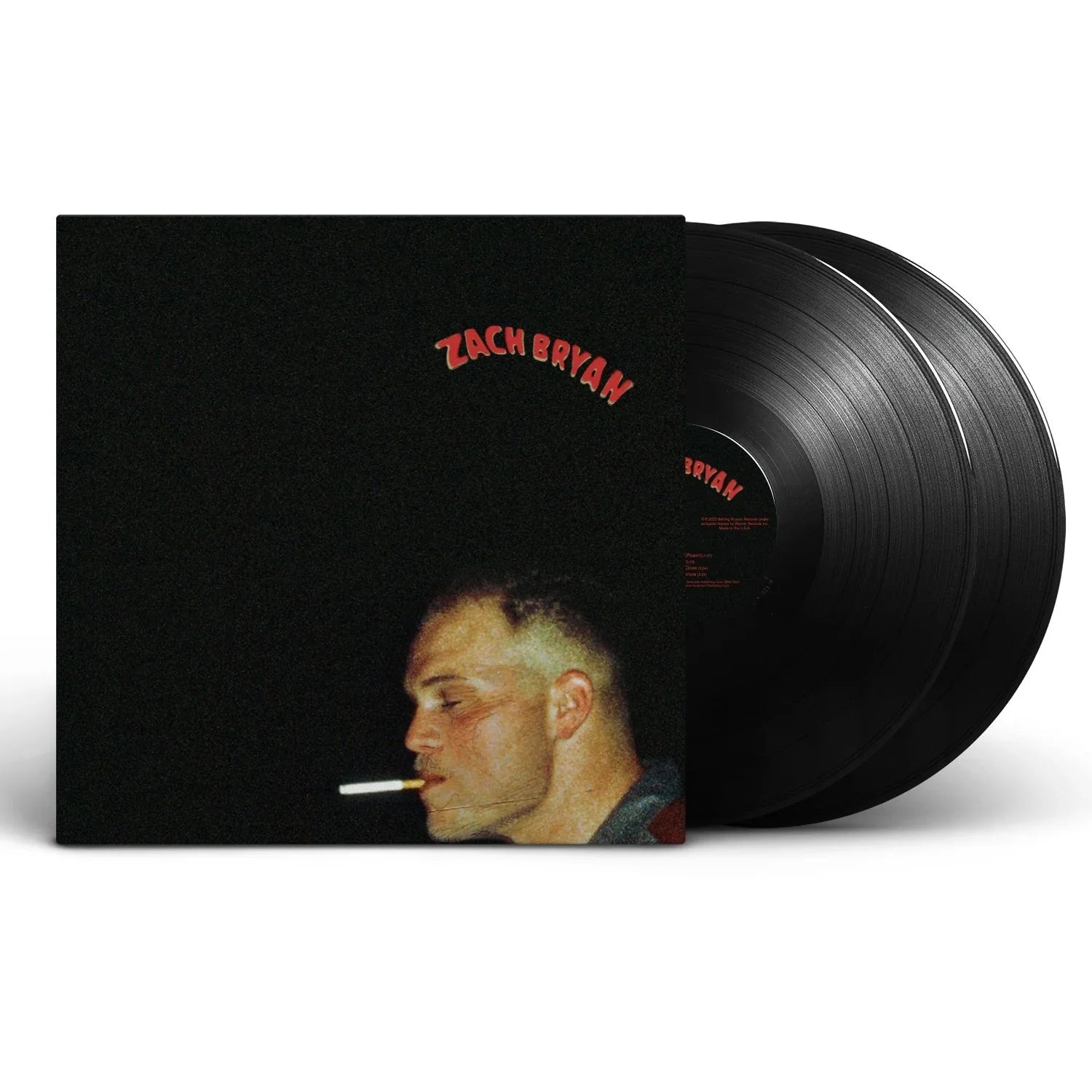
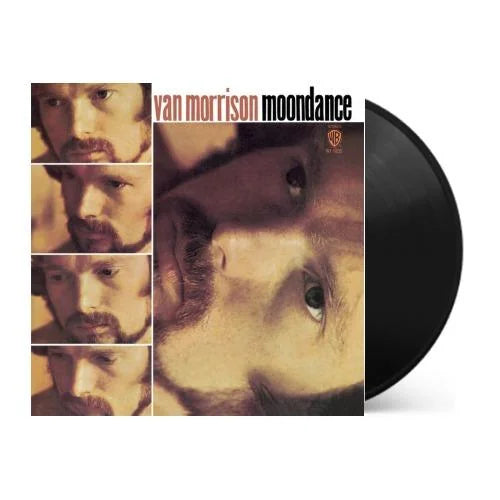
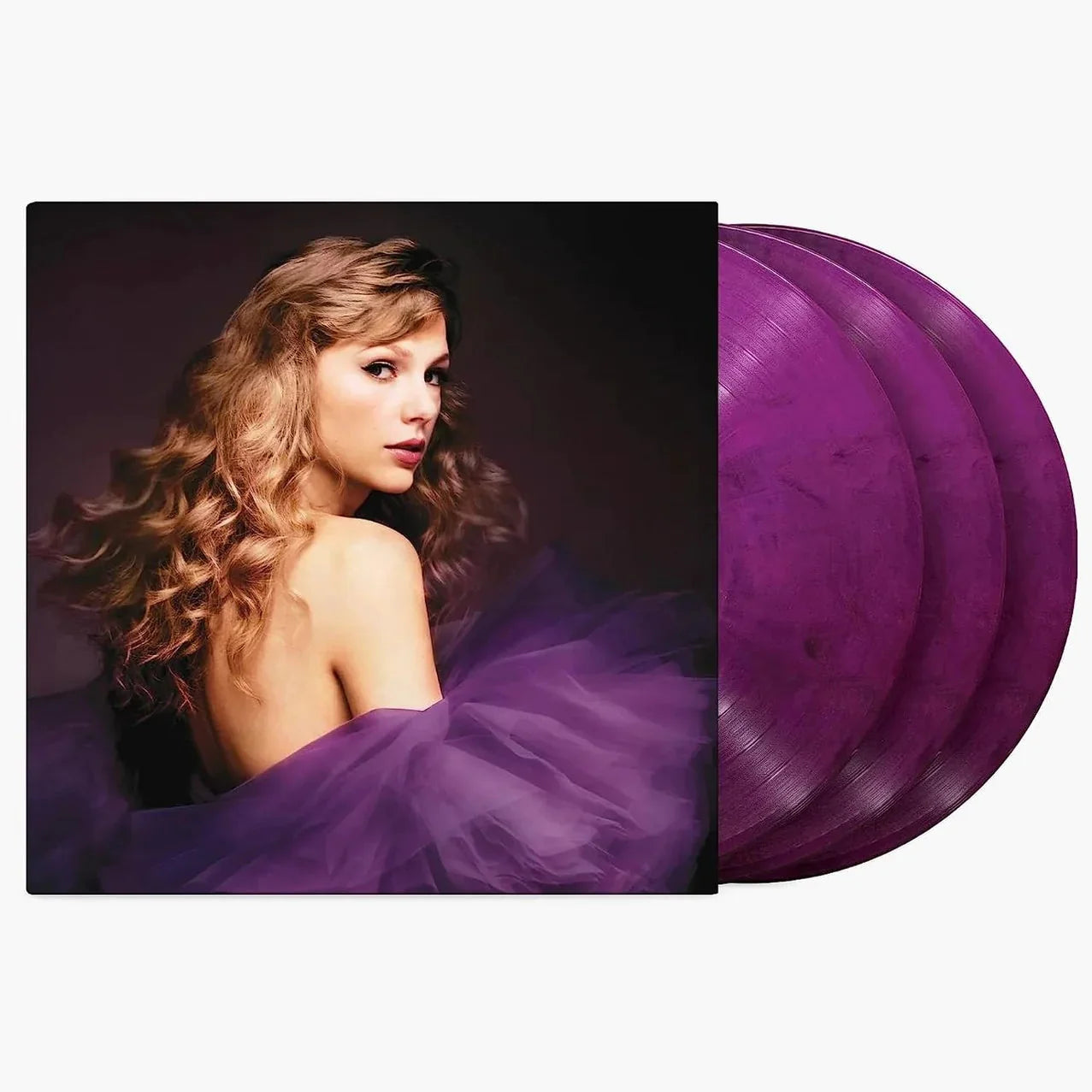

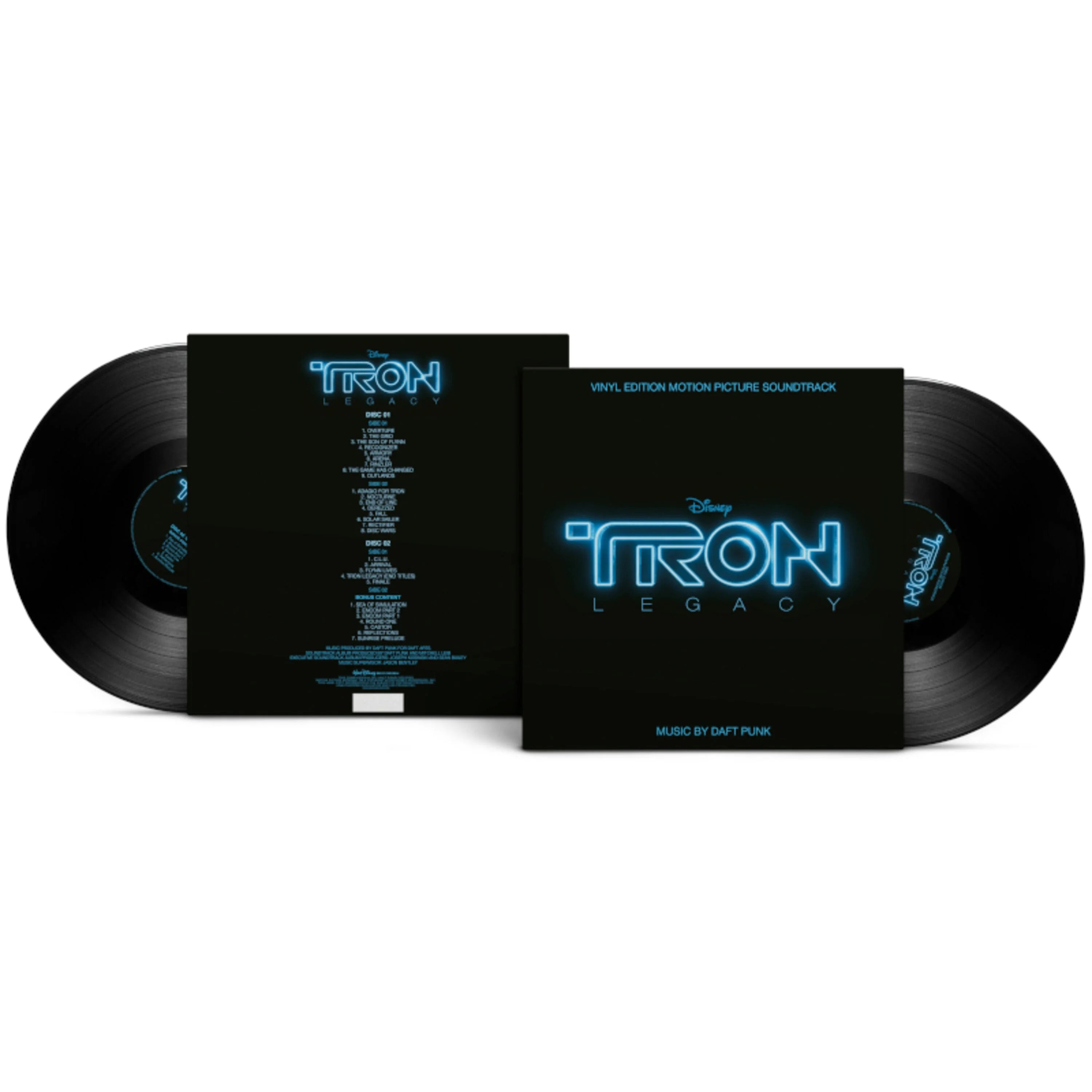
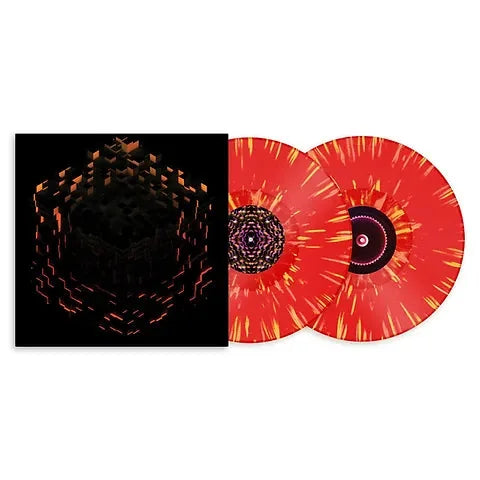

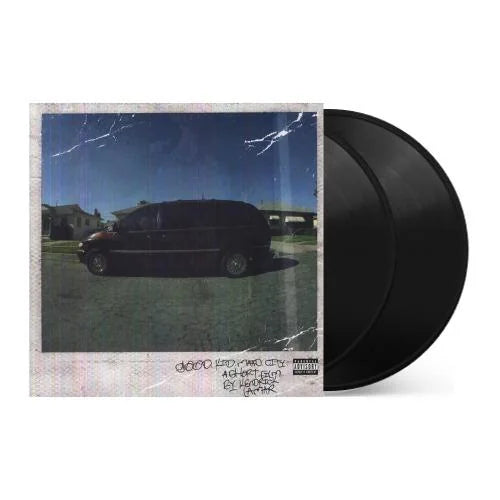


![Miles Davis - Kind of Blue [180-gram]](http://vinyl.com/cdn/shop/files/Y4LPMD03.webp?v=1742198237&width=5760)

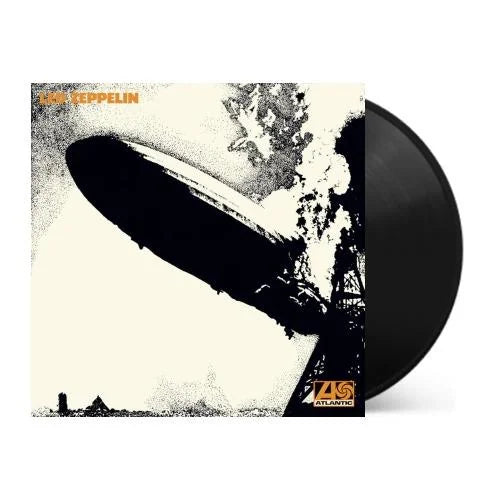
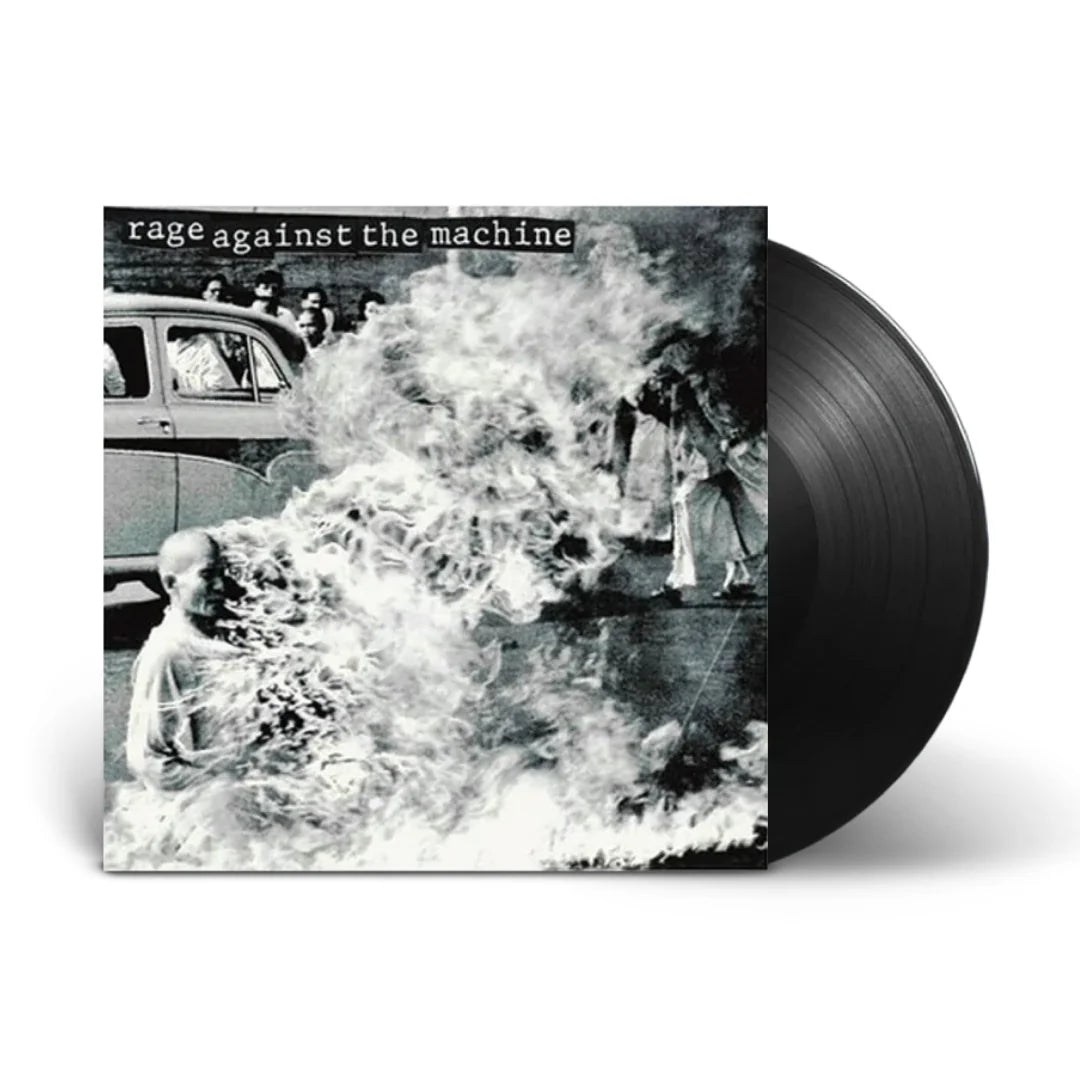
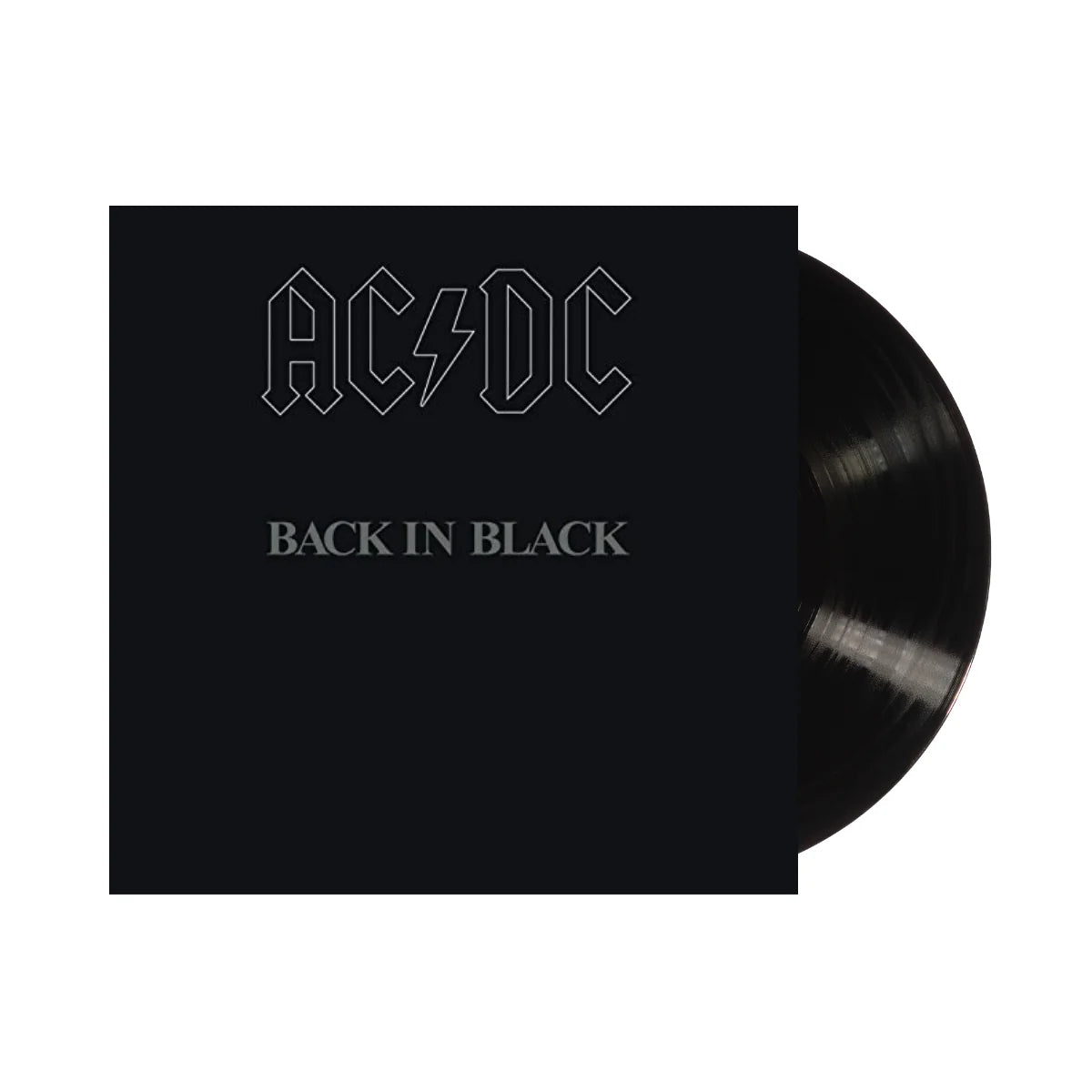
![Taylor Swift - 1989 (Taylor's Version) [2LP Crystal Skies Blue]](http://vinyl.com/cdn/shop/files/taylor_swift_1989_taylors_version.jpg?v=1734389117&width=5760)
![Taylor Swift - folklore [2LP Beige]](http://vinyl.com/cdn/shop/files/477929-Product-0-I-637317959467683009_grande_a6f82db0-1cb7-45c5-8892-ed79af261e80.webp?v=1736750683&width=5760)
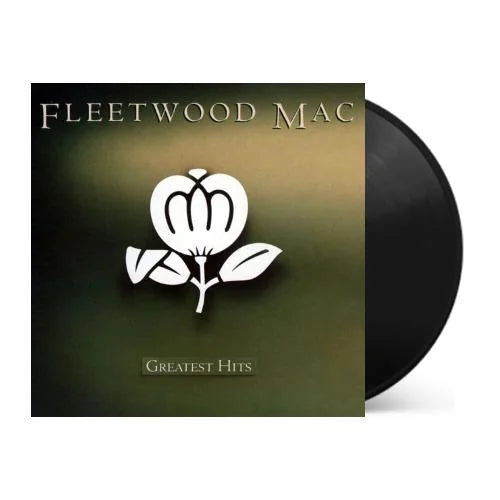



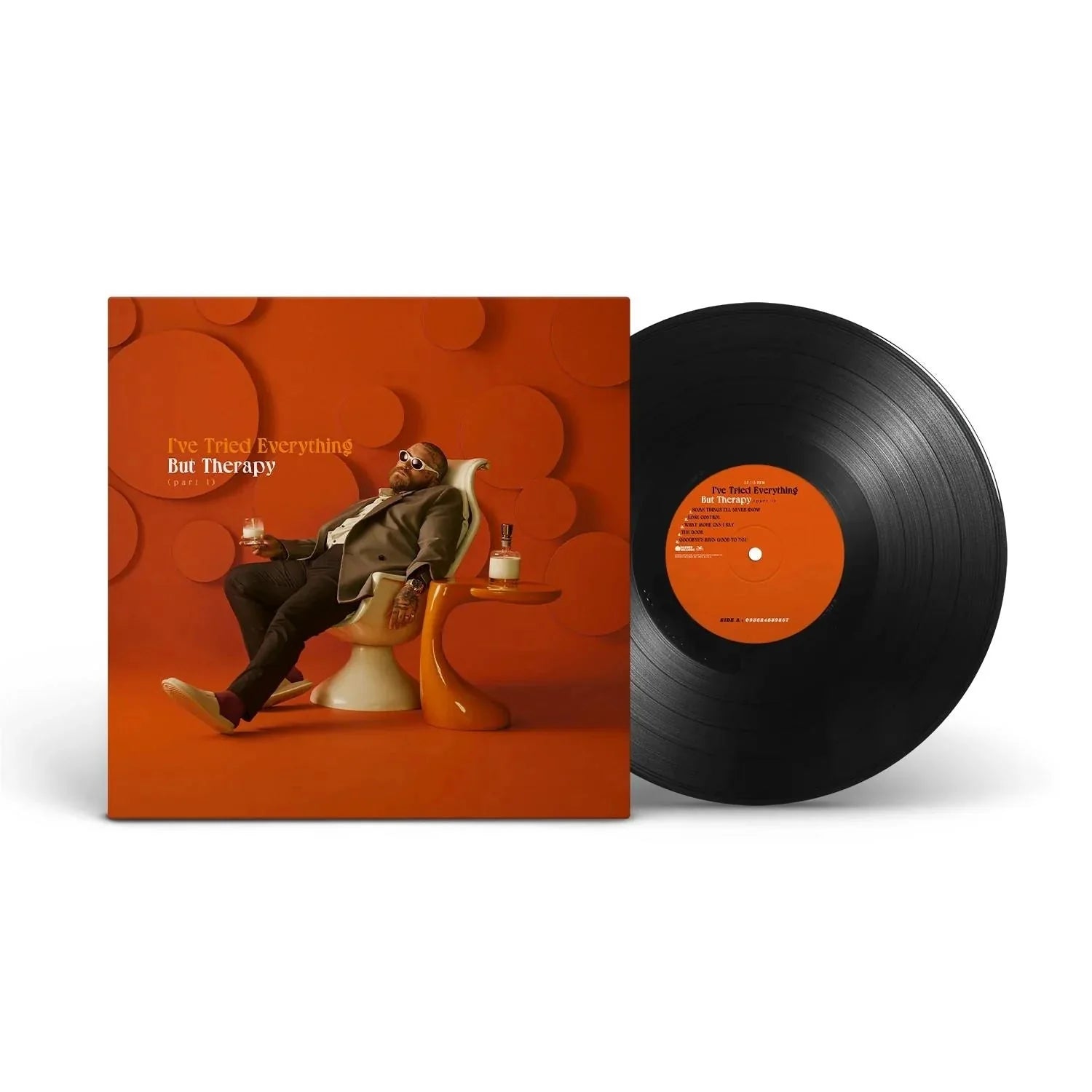

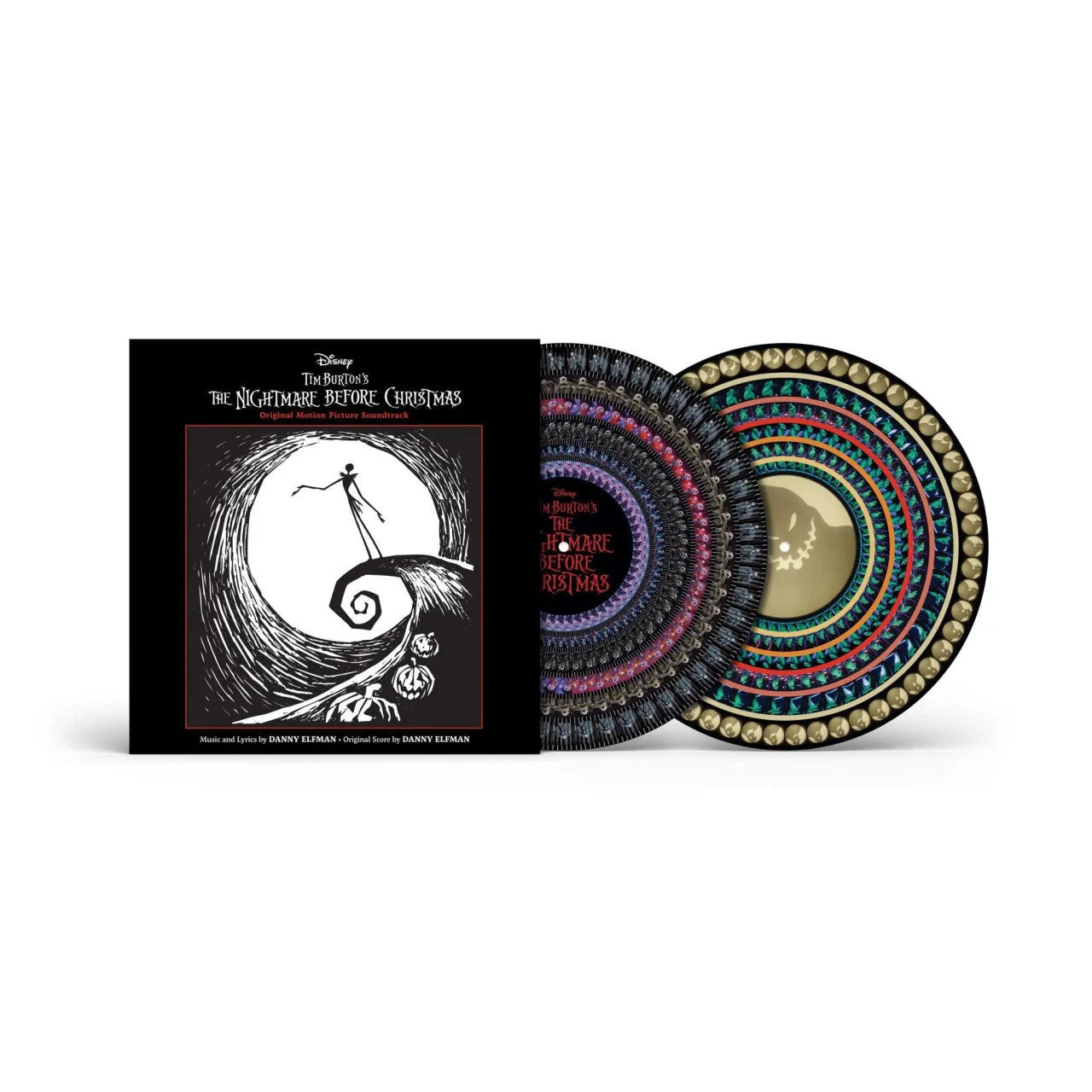

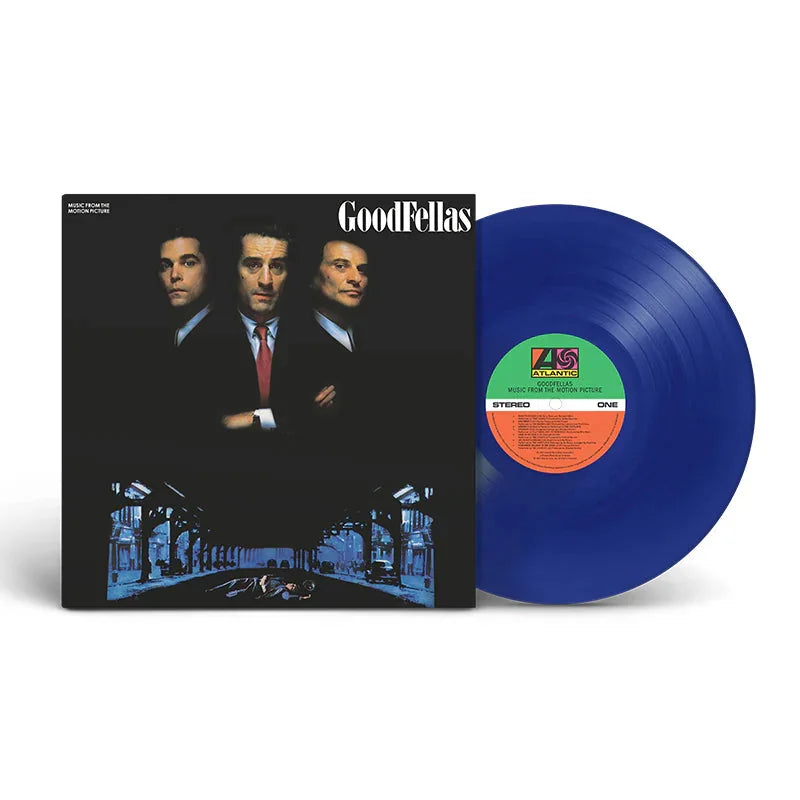
![Transformers: The Movie (Original Soundtrack) [Unicron Marbled 180-Gram]](http://vinyl.com/cdn/shop/files/4417308-3378319.jpg?v=1745982250&width=5760)












